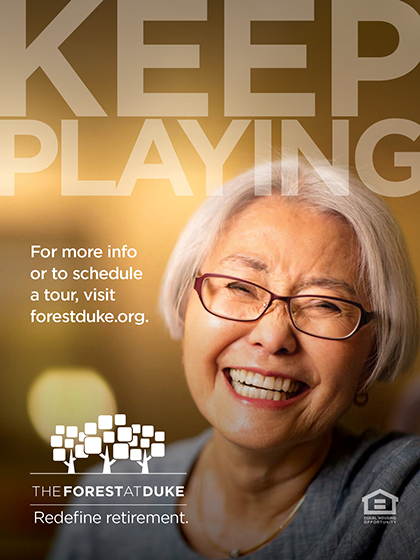Rhapsody on a Theme of Paganini, Op. 43
Sergei Rachmaninoff (1873-1943)
THE STORY
In 1934, Rachmaninoff had spent 17 years as a Russian exile and averaged 60 concerts in a season as a pianist. He keenly yearned to return to composing, having not published anything since the Variations on a Theme by Corelli three years earlier.
Fortunately, the opportune time and place to cure the dry spell came in the summer of 1934. The Rachmaninoffs purchased an estate on Lake Lucerne in Switzerland—particularly attractive in light of the rapid political changes in Western Europe—with a stone wall, garden, fruit trees, and a brand-new Steinway (compliments of Steinway in New York).
The Rhapsody on a Theme of Paganini was composed from July to August and set to a popular theme by violin virtuoso Nicolai Paganini: the 24th and last of his Caprices for Violin, for which both Brahms and Liszt had composed solo variations for piano. Rachmaninoff’s 24 variations expanded to include orchestra but retained the defining emphasis on virtuosity after Paganini, rumored to have sold his soul to the devil. The composer himself admitted needing practice: “The thing [Rhapsody] is rather difficult; I must begin learning it, but I get lazier every year with work on my fingers.”
LISTEN FOR
- The sprightly theme introduced by violins followed by sparkling embellishments in the piano
- The chordal and recurrent Dies Irae theme—so common among Rachmaninoff’s music—that complements the Paganini theme
- The slow, climactic 18th variation (Andante cantabile), singled out and employed in numerous film soundtracks
INSTRUMENTATION
Solo piano; piccolo, two flutes, two oboes, English horn, two clarinets, two bassoons, four horns, two trumpets, three trombones, tuba, timpani, percussion, harp, strings

